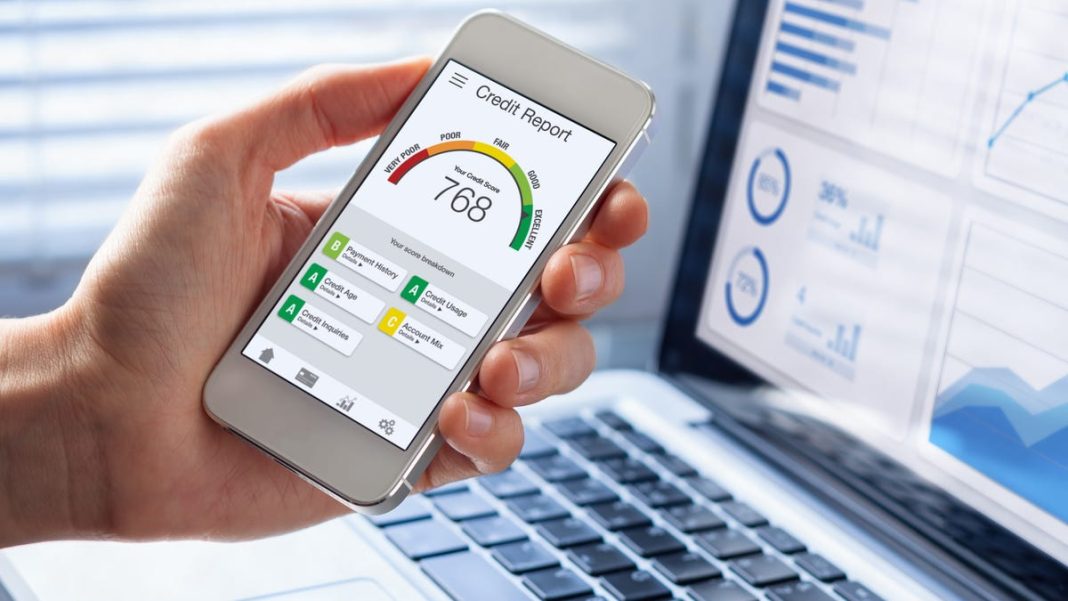How to Accurately Review Your Credit Score and Fix Errors
Are you aware of the distinction between a credit score of 550 and one of 780? While they differ by 230 points, they also represent poor and excellent credit, respectively.
If you haven’t been checking your score on a regular basis, now is a great time to start. Minor mistakes are more common than you might realize, and they can greatly affect your credit score. Let’s look at some typical errors found in credit reports and how you can remedy them.
Step 1: Obtain Your Free Credit Report
The three main credit bureaus (TransUnion, Experian, and Equifax) are obligated by law to give you one free credit report each year. Great news! You can request your report from each bureau in several ways.
The simplest method is online. If you opt to request it via phone or postal mail, be prepared to wait about two weeks after they receive your request.
◾ Online: www.AnnualCreditReport.com
◾ Phone: 877-FACTACT (877-322-8228)
◾ Mail: Download and fill out the Annual Credit Report Request Form and send it to: Annual Credit Report Request Service, P.O. Box 105281, Atlanta, GA 30348-5281
Pro tip: Don’t forget to request your report from the fourth bureau, Innovis.
Step 2: Identify Common Errors
Misspellings or Incorrect Information: Any mistake such as your name being misspelled, an incorrect address, or a wrong birth date can lead to your credit being mixed up with another person’s.
Unfamiliar Accounts: If you notice any accounts you don’t recognize, take action! This could include credit cards you didn’t apply for, loans in your name that you didn’t take, or unauthorized purchases.
Duplicate Accounts: It’s unusual to see a debt listed more than once on your credit report. This might include the same collection account appearing twice or a paid-off debt incorrectly shown as still active.
Incorrect Account Details: Sometimes, payments may mistakenly appear as late, or closed accounts might still be marked as active. You could also find erroneous credit limits or payment histories.
Outdated Information: Bankruptcies older than ten years, late payments over seven years, and old collection accounts should no longer be present on your credit report.
Ensure that websites comply with your guidelines: How to check permissions
Step 3: Report Any Irregularities
Stay calm! Write down everything that seems incorrect and keep copies. You can dispute these discrepancies with the credit reporting agency by mail, phone, or online.
When filing your dispute online or through the mail, clearly describe what’s wrong and provide supporting documents as evidence. Be sure to include your contact information, credit report confirmation numbers, and a copy of your credit report.
◾ Equifax: File a dispute online or call 866-349-5191
◾ Experian: Dispute online or reach them at 888-397-3742
◾ TransUnion: Submit your dispute online or call 800-916-8800
◾ Innovis: Dispute here online or call 800-540-2505
And remember to follow up! Credit bureaus must investigate your disputes within 30 days. Monitor the status until you receive a written resolution. If your claim is valid, the bureau is responsible for correcting it and informing the other bureaus.
Most of these issues occur due to simple human mistakes. It happens to everyone, but don’t let it hinder your ability to take control of your credit.
While You’re At It, Locate Your Employment Record
Equifax manages a database containing 716 million employment and income records, potentially including your own. This service, called The Work Number, is used by employers to verify your identity.
Your Employment Data Report (EDR) contains information such as where you’ve worked, your tenure at each job, and your exact salary history.
If you’re searching for a new position, potential employers could access your EDR to see your previous salary range, possibly leading to lower salary offers. Additionally, Equifax may sell your EDR to various companies, including debt collectors.
How to Protect Yourself
You can place a freeze on your EDR just like you would with a credit report. You can also review who has tried to access your data in the last two years. You’ll need to create an account with The Work Number to do this.
◾ Search for your current or former employer(s) using their name or employer code (the nine-digit number on your W-2).
◾ Select your employer’s name, then click Register Now. Be aware that it will ask for your Social Security number.
Once registered, review your report for accuracy. If you spot any discrepancies, complete the data dispute form.
Next, go back to the dashboard and select Freeze Your Data. Fill out the Data Freeze Placement Form and submit it. The Work Number will send you a confirmation letter along with a PIN. Keep this PIN in your password manager, as you’ll need it to unfreeze your report in the future.
You can access The Work Number website or call them if you want to lift the freeze.
If You Can’t Find Your Employer: They might not be registered with The Work Number. You can call the freeze helpline at 1-800-367-2884 for verification.
Unless you are in the process of applying for a loan, seeking government benefits, or if an employer has initiated an EDR request, it’s wise to keep your report frozen. If a prospective employer insists on seeing your EDR for a hiring decision, that might suggest it’s not the right opportunity for you.
The opinions expressed in this column are those of the author alone and do not necessarily reflect the views of YSL News. For updates on the latest technology, tune in to the Kim Komando Show, the largest weekend radio talk show. Kim offers advice on a variety of digital lifestyle issues, from smartphones and tablets to online privacy and security breaches. To access her daily tips, free newsletters, and more, visit her website.

